The 9/11 and Christmas Day terrorist attacks have convinced airlines around the world to advance in security for safety of their passengers. The new installment of full body scanners at airports have stirred up issues about invading passengers’ privacy, racial profiling and radiation exposure. Passengers have nothing to worry about when they pick the quick body scans over the full body pat down by an officer, but the choice is always given. Ultimately, full body scans are a necessary step to making airlines safer and limiting the risk of terrorist attacks.
One of the main criticisms of full body scanners is that they are an invasion of privacy. Many believe the images taken by scanners might get exposed through websites and used as pornography for the public to view. Still others believe security gets to see what you look like under your clothing. But these are falsehoods. If travelers really knew the proper process they would be put at ease. First, travelers must remove shoes and empty pockets before entering the scanner. The scanners last four to ten seconds and then passengers are able to get their results from an officer waiting outside. The images are sent to another officer who is in a separate room, and the officer viewing the images never sees who enters the scanner. The images are blurred over the face and private areas. The machines are designed to be unable to save and print images. They are incapable of transmitting or even uploading the images to any website. Therefore, machines are unable to expose any of the travelers’ images to anyone. The purpose of scanners is to properly scan for criminals trying to hurt innocent passengers, and they are intended to protect citizens and not take private images of them.
Meanwhile, racial profiling and security selection at an airport are two completely different issues. Airport security is highly trained to watch travelers for certain suspicious behaviors and stress levels. They search for specific skeptical behaviors in passengers: wearing heavy clothing on a hot day, carrying no luggage or watching security methods. Airport security employees will take notice of all suspicious behavior, regardless of passengers’ race or gender, and they do not focus just on what the passengers look like when they are working to keep the public safe.
Travelers are also unnecessarily concerned about being exposed to too much radiation with the full body scanners. High radiation can lead to cancer but full body scanners barely give off radiation during the 10-second process. The machines are very similar to MRIs used at hospitals and are reasonably safe. Passengers chosen for the scanner would need 2,500 full body scans per year before reaching a dangerous dose of radiation. Furthermore, on a 3-hour flight at an altitude of 30,000 feet, airplane passengers get 60 times the amount of radiation they would get from a body scanner.
Full body scanners are a great step forward in making airlines safer across the world. Critics should stop spreading falsehoods about the scanners and notice the positive impact they have on reducing terrorism. In the future, full body scanners should be installed in every airline in the world to help create safer and more peaceful airline flights.


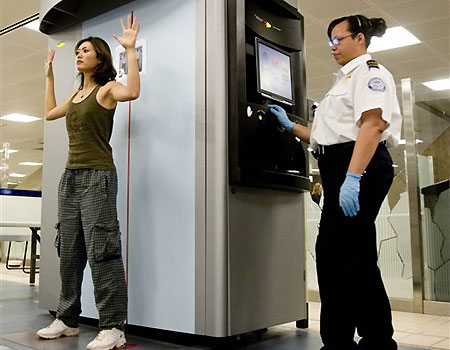
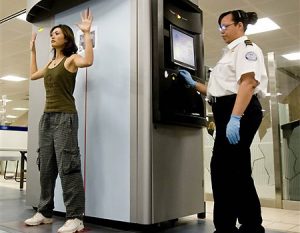
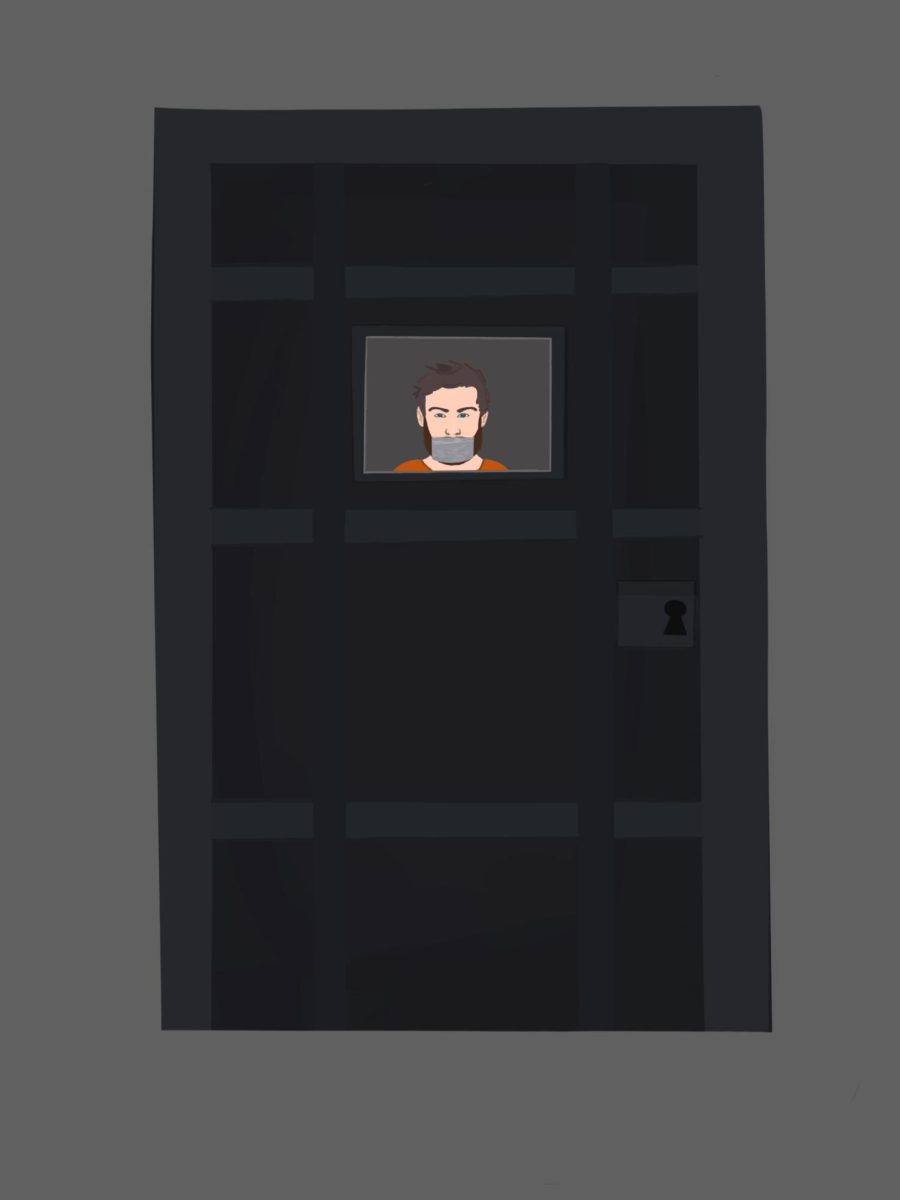



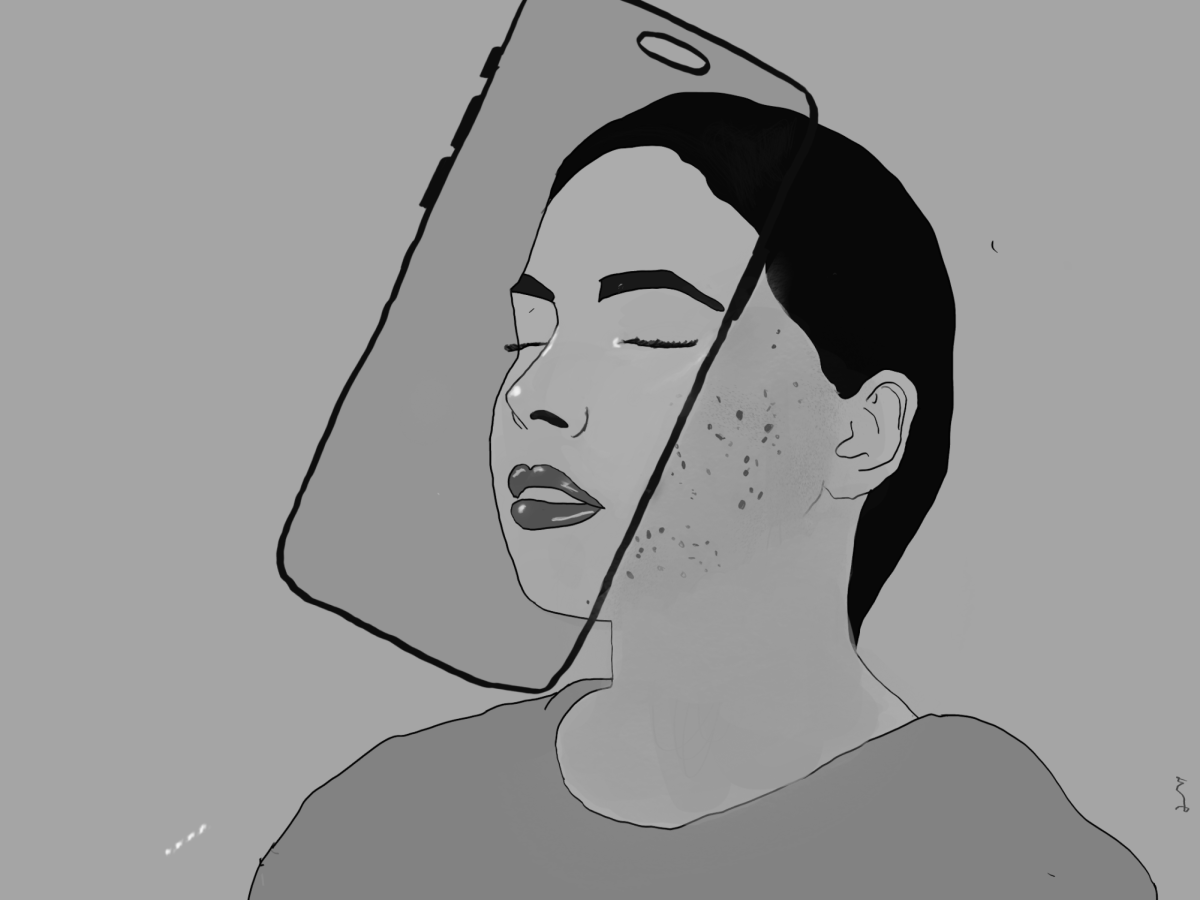
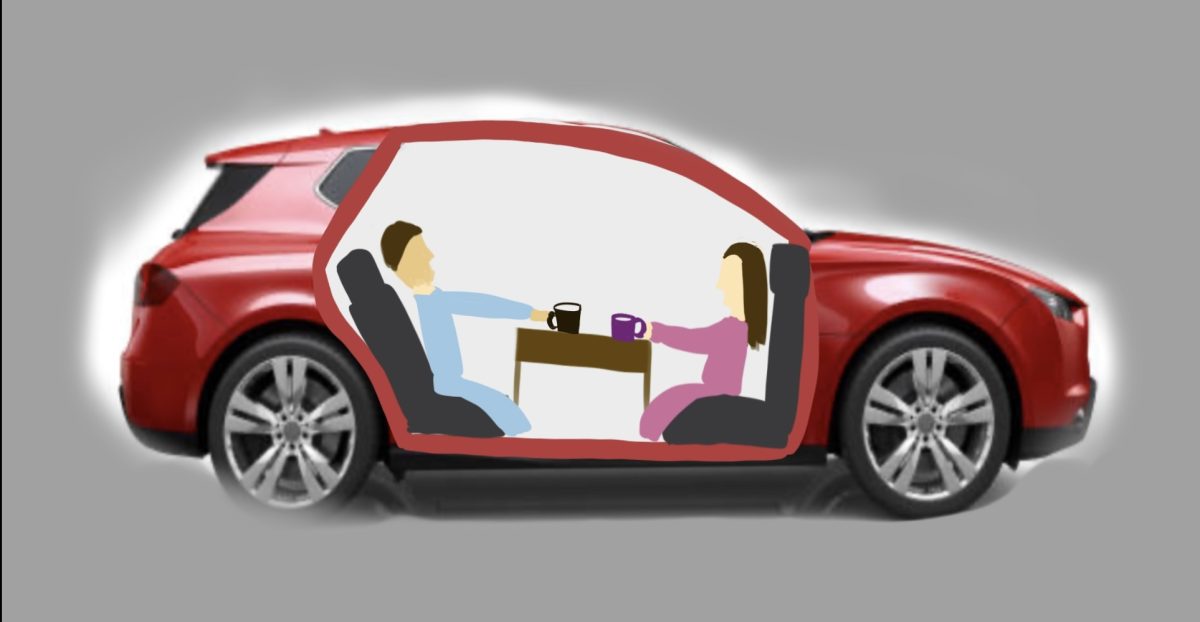
Mike Demarais • Jan 21, 2011 at 8:52 am
the technology in this scanner would not prevent anything that a patdown would not. these scanners dont even have the capability to prevent the type of threat the xmas day bomber presented. its just a waste of taxpayer money and an invasion of our privacy. maybe if these things actually made us safer the privacy concerns could be overlooked.